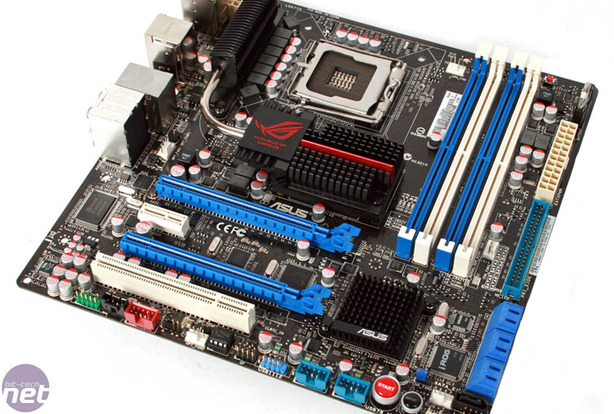Testing Methods
With the exception of SiSoft Sandra and Lavalys Everest, all of our benchmarks have been engineered to give you numbers that you are likely to find useful when actually using the products we have evaluated in the real world.We are also focusing a lot more of our time on evaluating the stability of the motherboards (and platforms) using a stress test designed to highlight any of the potential weaknesses that the product may have. That involves a gradually increasing amount of stress starting with Prime95 torture test on all cores and expanding to a looping 3DMark06. This is to ensure that all parts of the system are stressed simultaneously over a period of time.
We believe that the consumer is never likely to subject their platform to this level of stress and we are not expecting every product to complete an entire extended stress test. However, most poorly engineered products fail within the first couple of hours, or even minutes, allowing us to make a conscious decision on whether a motherboard (or platform) is worth your money, regardless of how well it performs in our benchmarks.

Test Setup:
Motherboards:
- Asus Maximus II Gene (0402 BIOS)
- Gigabyte GA-EP45-UD3R (F9 BIOS)
Common Components:
- Intel Core 2 Quad Q9550 (4x 2.83GHz, 12MB L2 cache)
- 2GB OCZ FlexXLC PC2-9200 DDR2
- Zotac GeForce GTX 260 AMP!
- PC Power and Cooling Silencer 750W PSU
- Seagate 7200.11 1TB SATA Hard Drive
- Intel X25-M 80GB SSD
- Windows Vista Home Premium 64-bit SP2
- Nvidia Forceware 186.16 WHQL

MSI MPG Velox 100R Chassis Review
October 14 2021 | 15:04









Want to comment? Please log in.